Our school held the unveiling ceremony of academician studio and the symposium on the construction of academician studio.
On the afternoon of December 13th, the unveiling ceremony of Academician Studio of China University of Science and Technology and the symposium on the construction of Academician Studio were held in the lecture hall on the fifth floor of the East Teacher-Student Activity Center of our school, which was presided over by Vice President Dou Xiankang. Academician Yang Xueming, Academician Li Yadong, Academician Wan Weixing, Secretary Xu Wu, President Hou Jianguo and Vice President Changfei Zhu attended the event. Yang Jinlong, Executive Dean of School of Chemistry and Materials Science, Chen Xiaofei, Executive Dean of School of Earth and Space Science, Chu Jiaru, Minister of Human Resources, Luo Xisheng, Director of Science and Technology Division, and members of the academician’s studio attended the event.
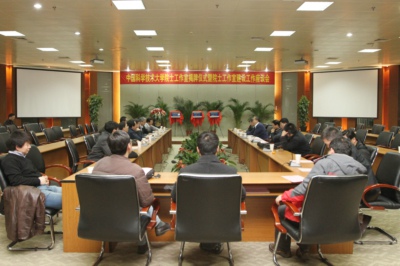
President Hou Jianguo first delivered a speech, welcoming three academicians to join the family of China University of Science and Technology. He pointed out that China University of Science and Technology (HKUST) is a university full of vitality and strong academic atmosphere, and has formed a fine tradition of "giving priority to academics and respecting talents" in the long-term running process. The personnel and scientific research departments of the school will provide all-round support for the construction of academician studios and actively do a good job in service. Academician’s Studio will become a characteristic platform for scientific research and personnel training in our university. The three academicians will use this platform to actively promote the development of related disciplines in our university, further enhance the characteristics and advantages of disciplines, effectively unite the research strength of relevant departments, and play a leading role in the construction of talent teams in related fields, leading them to the forefront of international science.

Subsequently, Secretary Xu Wu and President Hou Jianguo jointly unveiled the Academician Studio. After the unveiling ceremony, Vice President Dou Xiankang presided over a symposium on the construction of academician’s studio. Speaking as a representative of the Academician Studio, Li Yadong pointed out that China University of Science and Technology is a well-known institution at home and abroad, with a good style of study, high-quality students, a down-to-earth atmosphere and interdisciplinary advantages. It makes us feel honored to work in the University of Science and Technology. We have had a long-term cooperative relationship with HKUST before, and the establishment of academician studio will help to better combine our respective team resources with the high-quality resources of HKUST. We regard HKUST as a place to realize our dreams, and will actively contribute to the development of HKUST with our colleagues, strive to enhance the international influence of related disciplines, strive to occupy the high point of the international frontier, and strive to create some new research directions.

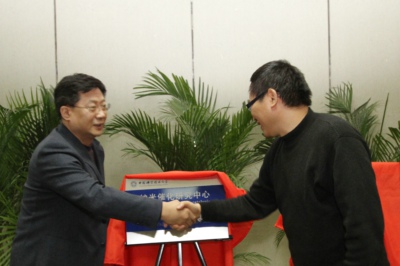

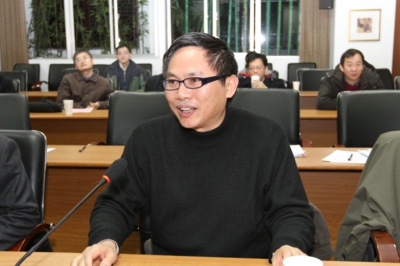
On behalf of their college, Yang Jinlong and Chen Xiaofei indicated that they would fully support the construction of academician’s studio, actively provide follow-up services and cooperate with academicians in all aspects.
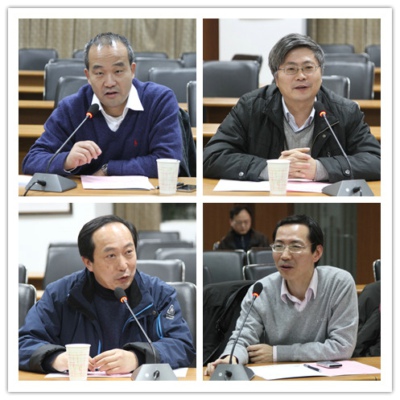
Secretary Xu Wu made a concluding speech. He thanked the three academicians for their long-term support to our school. He emphasized that China University of Science and Technology is an institution that can make hard-working scientific researchers realize their dreams, and the establishment of Academician Studio of China University of Science and Technology embodies the school-running purpose of "academic priority", and the school will give all-round support. We expect the three academicians to lead the members of the academician studio to work together to enhance the international influence of related disciplines in our university in the next few years, and to play a leading role in the international frontier fields, so as to truly realize our common scientific dream.

(Human Resources Department/Culture, Press Center/Photo)
Attached to the academician’s studio and profile:
1. Advanced Research Center of Chemical Physics-Academician Yang Xueming’s Studio:
Center for Advanced Chemical Physics
Chemical physics is a unique traditional dominant discipline in China University of Science and Technology. The newly established Advanced Research Center of Chemical Physics of China University of Science and Technology-Academician Yang Xueming’s Studio will take advantage of the important opportunity of building a national major scientific instrument project-vacuum ultraviolet free electron laser, combine the superior disciplines of chemical physics of HKUST, increase the attraction of high-level young researchers, explore new modes of personnel training and teamwork, develop internationally advanced dynamic experimental methods and technologies based on advanced spectroscopy methods, and promote the construction of chemical physics with important international influence.
Introduction of Academician Yang Xueming:
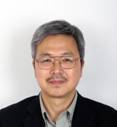
Physical chemist. Researcher, Dalian Institute of Chemical Physics, Chinese Academy of Sciences. Born in Deqing County, Zhejiang Province in October 1962. He graduated from the Physics Department of Zhejiang Normal University in July 1982, obtained a master’s degree from Dalian Institute of Chemical Physics of Chinese Academy of Sciences in January 1986, and received a doctorate from the University of California, Santa Barbara in August 1991. He was a lifelong researcher at Taiwan Province Institute of Atomic and Molecular Sciences. He is currently the editor-in-chief of China Chemical Physics and the senior editor of the Journal of Physical Chemistry (JPC) of the American Chemical Society. In 2011, he was elected as an academician of China Academy of Sciences. He is mainly engaged in the experimental research of chemical reaction kinetics, and has won the Asian Achievement Award of the Overseas Chinese Physics Society, the second prize of the National Natural Science Award, the Chen Jiageng Chemical Science Award and the Humboldt Research Award.
2. Nanocatalysis Research Center-Academician Li Yadong’s Studio:
Center of Advanced Nanocatalysis
The microstructure and size, adjustable morphology, unique electronic structure and surface-interface effect of nanocrystals make it possible for them to be used in catalytic reactions, which may have excellent catalytic activity and selectivity in theory. The newly established Nano-catalysis Research Center of China University of Science and Technology-Academician Li Yadong’s Studio will conduct research on the design and preparation of new catalytic materials such as metals, alloys, intermetallic compounds nanocrystals and metal clusters, aiming at opening up new research fields of nano-metal organic catalytic reactions, establishing the essential relationship between traditional homogeneous catalysis and heterogeneous catalysis of metal complexes, discovering new catalysts and their catalytic new reactions and revealing their mechanisms. Strive to build a domestic nano-catalytic research center with core competitiveness and influence in three years, and develop into an internationally renowned nano-catalytic research center within five years. Through interdisciplinary and team building, a group of outstanding young talents will be trained.
Brief introduction of Academician Li Yadong:

Inorganic chemist. Professor Tsinghua University. Born in November 1964 in susong county, Anhui Province. He graduated from the Chemistry Department of Anhui Normal University in July 1986, and received his master’s degree and doctor’s degree from China University of Science and Technology in July 1991 and June 1998 respectively. He is currently the director of Institute of Inorganic Chemistry of Tsinghua University Department of Chemistry, the deputy editor-in-chief of Nano Research and the deputy editor-in-chief of Science Bulletin. In 2011, he was elected as an academician of China Academy of Sciences. Mainly engaged in the research of synthetic chemistry of inorganic nano-materials, and won the second prize of the National Natural Science Award.
3. Ionospheric Advanced Research Center-Academician Wan Weixing’s Studio:
Advanced Research Center for Ionospheric Science
With the progress of space science and technology, human activities have expanded from near-earth atmosphere to earth space and outer space, so it is very important to further understand the influence of space environment on human space activities. Academician Wan Weixing’s Studio, the newly established ionospheric advanced research center of China University of Science and Technology, is a center for ionospheric observation, research and application based on the superior disciplines of the middle and upper atmosphere, the sun and the magnetosphere of HKUST, combined with the new development of ionospheric research and ionospheric exploration in the Institute of Geology and Geophysics, and made use of the advantages of "combination of departments" to carry out collaborative innovation. Strive to use about five years to build it into an ionospheric research center with international influence and the highest research level in the world, and cultivate a research team led by outstanding young talents.
Brief introduction of Academician Wan Weixing:

Space physicist. Researcher, Institute of Geology and Geophysics, China Academy of Sciences. Born in Tianmen City, Hubei Province in July 1958. He graduated from the Department of Space Physics of Wuhan University in 1982, received a master’s degree from Wuhan Institute of Physics of China Academy of Sciences in 1984, and received a doctorate from Wuhan Institute of Physics of China Academy of Sciences in 1989. In 2011, he was elected as an academician of China Academy of Sciences. Mainly engaged in basic research in the fields of ionospheric physics, ionospheric radio wave propagation, upper atmospheric physics, etc., and made important breakthroughs and series of achievements in the research of major scientific issues such as the coupling between ionosphere and atmosphere.